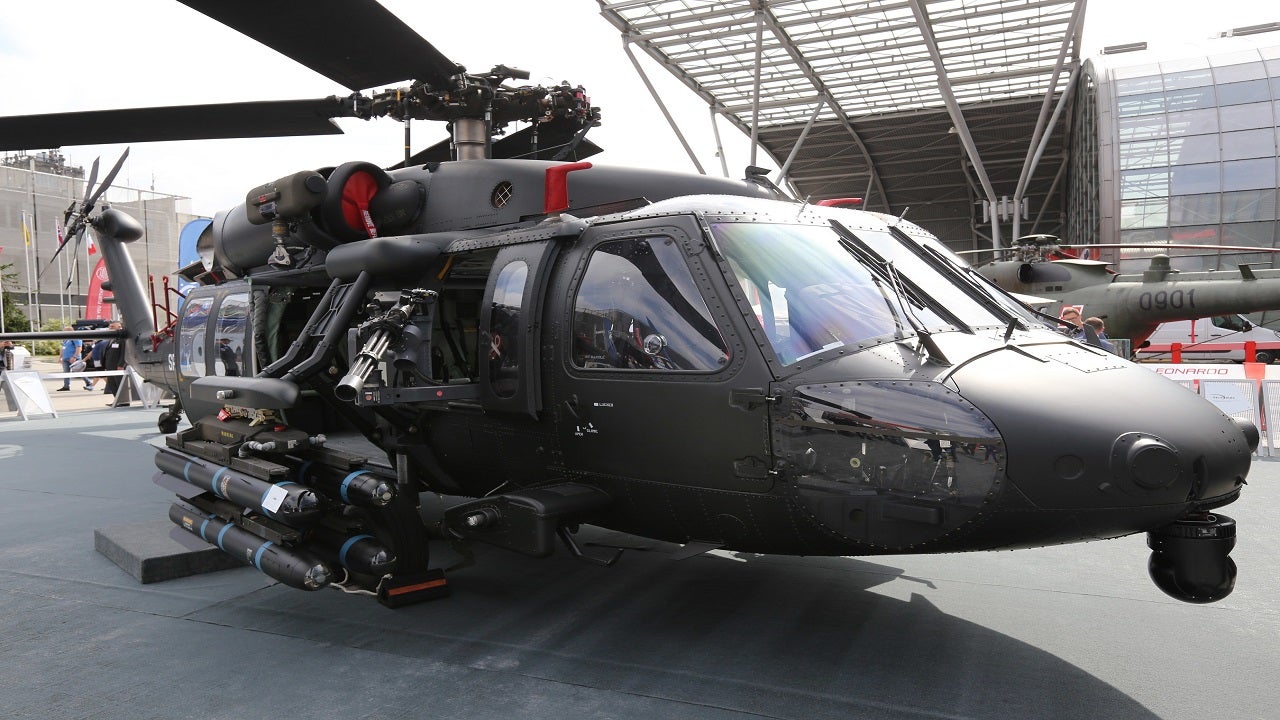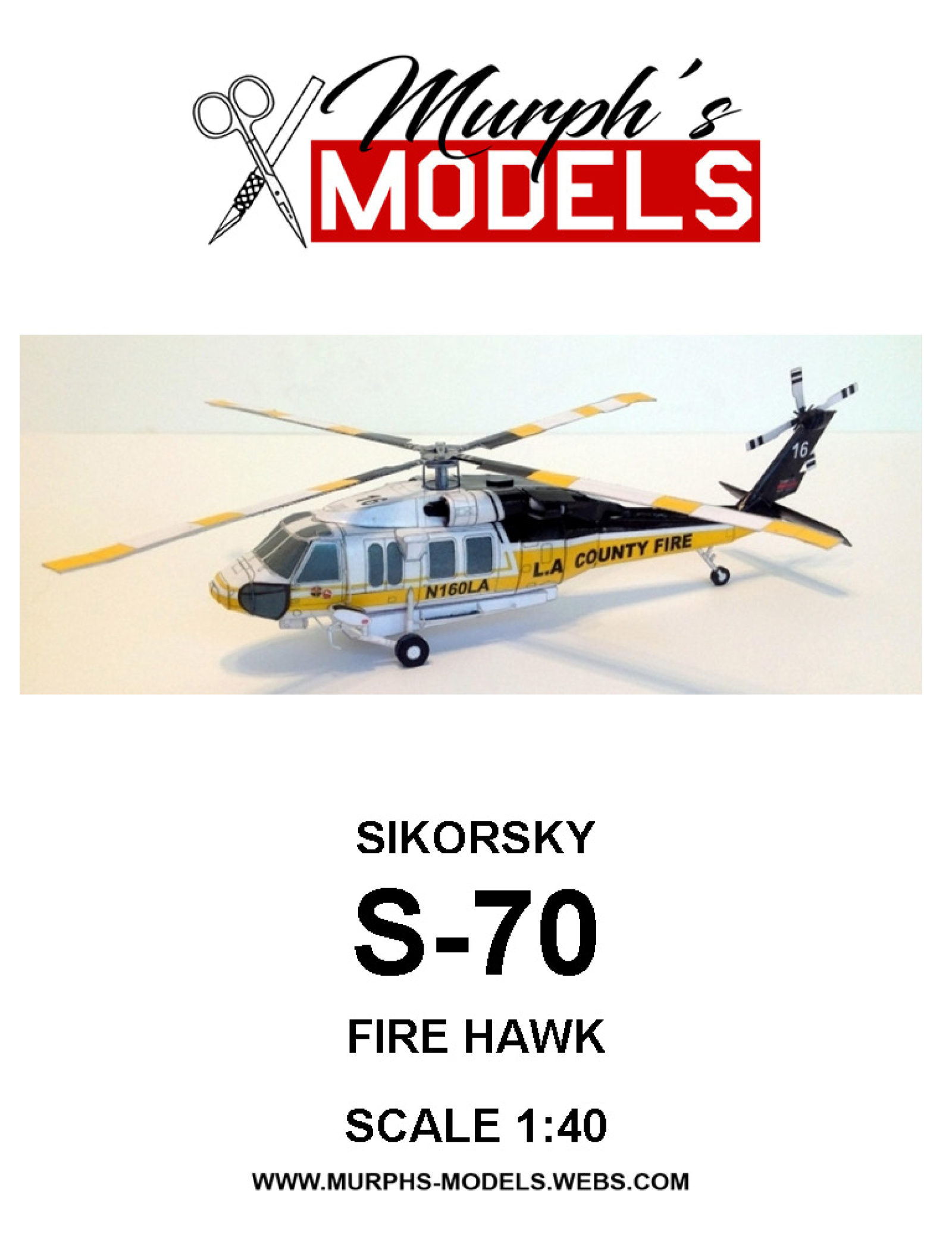Why the Sikorsky S 70 is the Preferred Choice for Modern Helicopter Missions
Why the Sikorsky S 70 is the Preferred Choice for Modern Helicopter Missions
Blog Article
High-Performance Multi-Role Rotorcraft Featuring Advanced Cockpit Technologies and Integrated Sensing Unit Equipments
The realm of rotorcraft innovation has actually seen significant innovations in recent times, particularly in the realm of high-performance multi-role rotorcraft outfitted with innovative cabin technologies and seamlessly incorporated sensor systems. In the adhering to conversation, we will certainly explore the evolution of rotorcraft innovation, dig into the realm of innovative cabin technologies, and check out the ramifications of incorporated sensing unit systems on the operational adaptability and effectiveness of modern rotorcraft.
Evolution of Rotorcraft Innovation
The advancement of rotorcraft technology has been marked by considerable innovations in the rules of aerodynamics, materials, and propulsion systems, forming the capabilities and efficiency of modern rotorcraft. Wind resistant improvements have actually boosted the effectiveness and maneuverability of rotorcraft, enabling for enhanced speed, dexterity, and security throughout flight (sikorsky s 70). Advancements in products, such as using composite materials and progressed alloys, have actually brought about lighter yet stronger rotorcraft frameworks, improving general efficiency and sturdiness. In addition, improvements in propulsion systems, consisting of extra powerful engines and ingenious propulsion technologies, have allowed rotorcraft to achieve higher altitudes, faster speeds, and better hauls.
These developments have not just transformed the capacities of rotorcraft but have actually also broadened their applications across different markets, including army, commercial, and emergency services. The continuous evolution of rotorcraft technology continues to drive development in the field, pushing the boundaries of what is feasible and shaping the future of upright trip.
Advanced Cockpit Innovations
Building upon the fundamental innovations in aerodynamics, products, and propulsion systems, the world of rotorcraft modern technology currently moves emphasis in the direction of introducing Advanced Cockpit Innovations. The assimilation of cutting-edge modern technologies within the cabin environment plays an essential duty in enhancing the functional capabilities, safety and security, and effectiveness of contemporary rotorcraft. sikorsky s 70. Advanced Cockpit Innovations incorporate a large range of functions designed to give pilots with improved situational awareness, streamlined data management, and instinctive control interfaces
Among the essential improvements in cockpit style is the implementation of glass cabins, which replace typical analog evaluates with high-resolution display screens. These digital systems use customizable formats, real-time data combination, and boosted readability, allowing pilots to access essential info at a look. Advanced avionics systems, such as fly-by-wire controls and enhanced truth display screens, are transforming just how pilots connect with the aircraft, permitting for precise control and enhanced decision-making capacities.


Including innovative cockpit innovations not just boosts pilot efficiency however also adds to overall mission performance and safety in complicated operational settings. By leveraging cutting edge technologies within the cabin, rotorcraft producers are establishing new requirements for functional excellence and mission success.
Integrated Sensor Solutions
With the evolution of rotorcraft modern technology, the integration of sophisticated Integrated Sensor Solution has ended up being critical in boosting operational efficiency and security. These Integrated Sensing unit Equipments encompass a broad variety of technologies that offer critical data for numerous functions such as navigation, surveillance, targeting, and ecological tracking. By flawlessly incorporating sensors like radars, cams, lidar, and infrared systems right into rotorcraft, operators can gain from improved situational awareness, boosted goal capabilities, and minimized pilot workload.
One key benefit of Integrated Sensing unit Equipments is their capacity to collect real-time information and provide actionable understandings to pilots and objective operators. Progressed radar systems can discover and track targets over long distances, allowing for early hazard discovery and efficient action planning. Additionally, incorporating electro-optical and infrared cams enables rotorcraft to perform reconnaissance and surveillance missions with accuracy and accuracy.
Basically, the assimilation of cutting-edge sensing unit technologies into rotorcraft not only improves functional efficiency yet also adds dramatically to total objective success and staff safety and security. As rotorcraft remain to evolve, the function of Integrated Sensor Equipment will most certainly continue to be at the forefront of innovation in the aerospace market.
Functional Versatility and Efficiency
Enhancing operational versatility and efficiency in rotorcraft is a natural progression from the combination of innovative Integrated Sensor Equipments. By leveraging the understandings and data supplied by these cutting-edge sensor systems, rotorcraft can optimize their performance across different objectives and settings.
Functional flexibility incorporates the capability of rotorcraft to adjust to various duties and scenarios effectively. With innovative cabin innovations and incorporated sensing unit systems, rotorcraft can flawlessly change between tasks such as search and rescue, medical discharge, security, and extra. This versatility improves the rotorcraft's capacity to fulfill diverse functional needs see this page without requiring extensive reconfiguration.
Efficiency in rotorcraft operations is vital for optimizing goal effectiveness and source application. Integrated sensing unit systems play a pivotal duty in boosting functional efficiency by giving real-time data on weather condition problems, terrain mapping, target monitoring, and a lot more. This information allows pilots to make informed decisions swiftly, maximize flight paths, save gas, and boost general objective efficiency.
Effect On Modern Aeronautics Workflow

In addition, the integration of sophisticated sensors facilitates improved objective planning and execution, enabling rotorcraft to carry out a vast range of tasks with improved accuracy. From search and rescue operations to aerial firefighting and regulation enforcement missions, the capabilities of contemporary rotorcraft furnished with innovative cockpit technologies and incorporated sensor systems are unparalleled.
Moreover, the effect of these innovations prolongs beyond functional effectiveness to cost-effectiveness and sustainability. By optimizing trip courses, fuel intake, and maintenance schedules, high-performance rotorcraft furnished with sophisticated cockpit modern technologies and sensing units add to lowering functional costs and ecological impact, making them essential assets in modern-day air travel operations.
Conclusion
Finally, the high-performance multi-role rotorcraft with innovative cabin technologies and incorporated sensor systems represents a significant evolution in aviation technology. These innovations boost operational versatility and effectiveness, inevitably influencing modern-day aeronautics procedures in a favorable method. The combination of these sophisticated technologies enables boosted capacities and performance in numerous objective situations, showcasing the proceeded advancement of rotorcraft modern technology in the aeronautics market.
The realm of rotorcraft technology has seen noteworthy advancements in current times, particularly in the realm of high-performance multi-role rotorcraft outfitted with cutting-edge cockpit modern technologies and flawlessly incorporated sensing unit systems. From enhanced goal versatility to boosted functional performance, the merging of Visit This Link advanced cabin innovations and incorporated sensor systems has actually ushered in a new era of possibilities for rotorcraft applications. In the adhering to discussion, we will certainly explore the advancement of rotorcraft innovation, delve right into the realm of sophisticated cockpit advancements, and take a look at the implications of integrated sensing unit systems on the operational adaptability and efficiency of modern rotorcraft.

Report this page